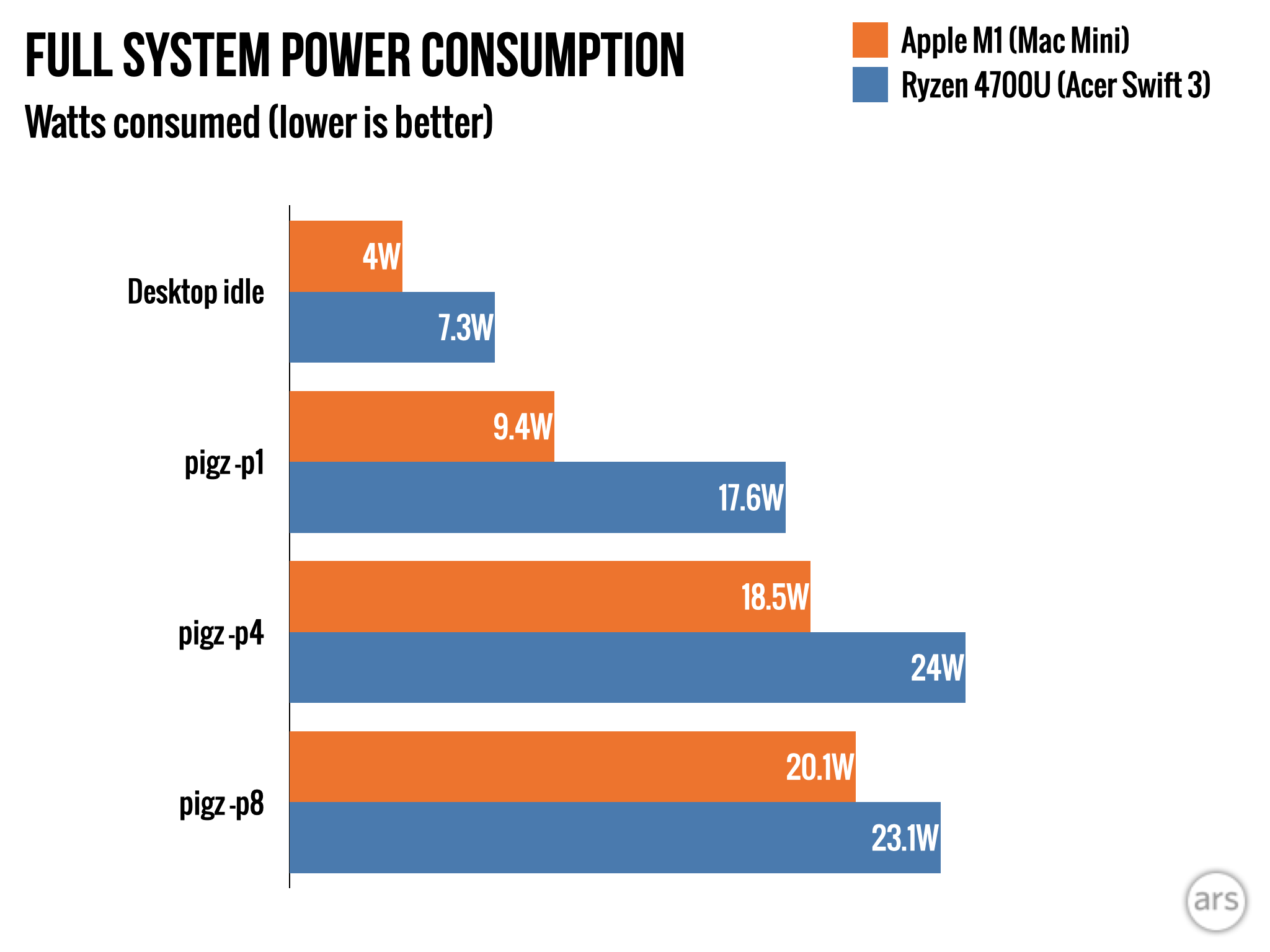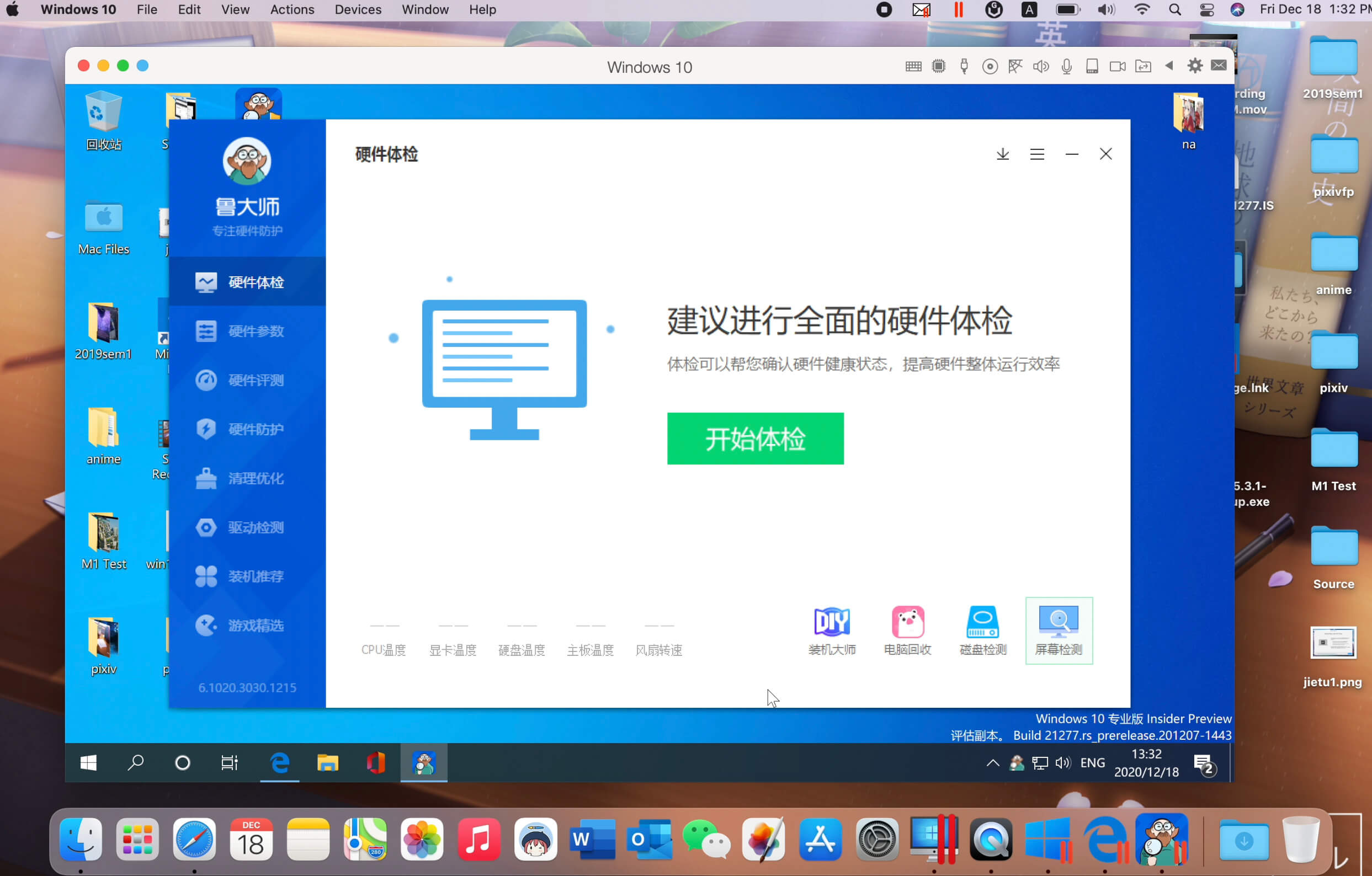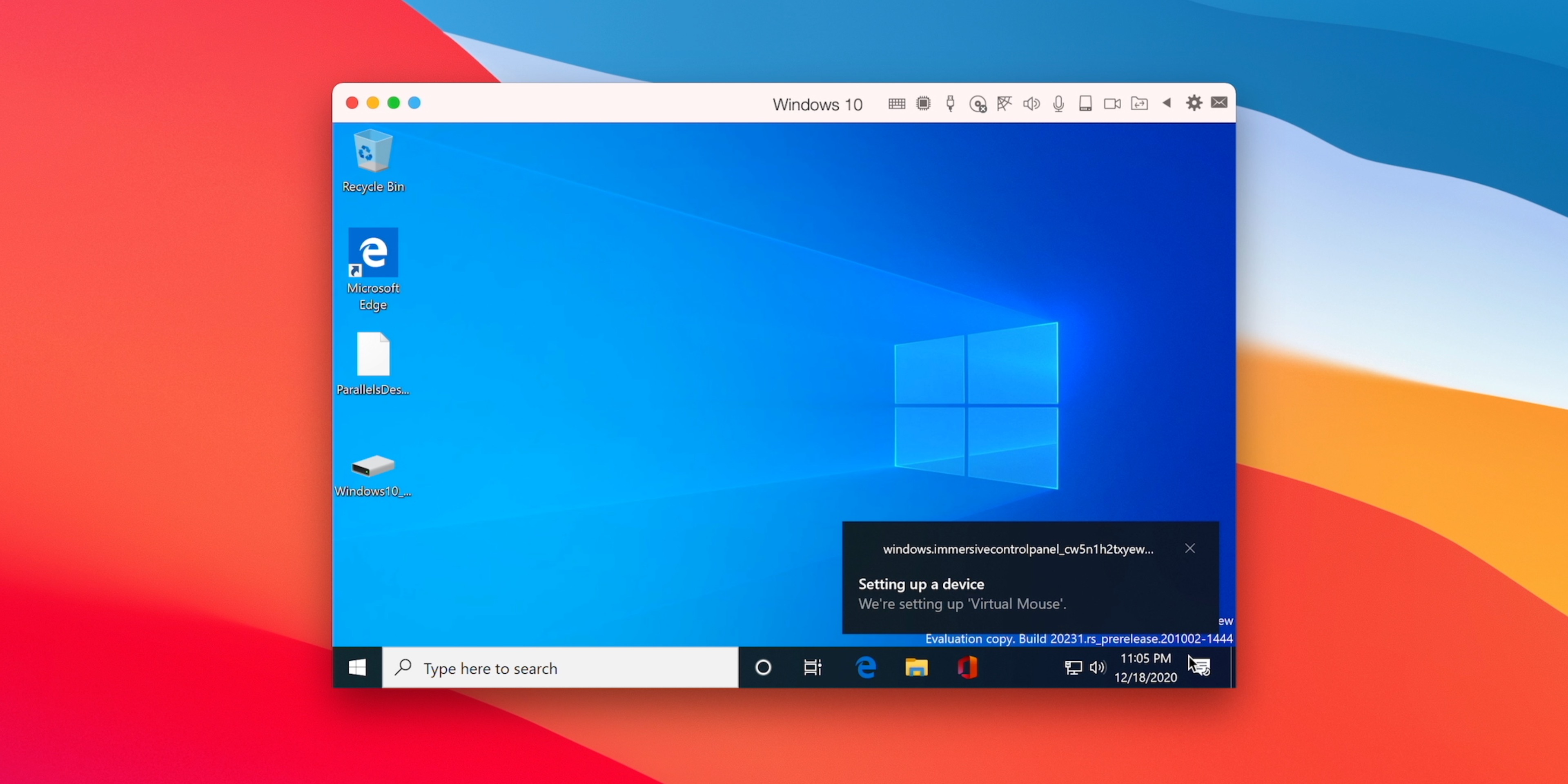Anyway, the Parallels Desktop technical preview release for M1-based Macs is an early look at the work that Parallels is doing to adapt to Apple’s new architecture. And that means it’s not. Nov 10, 2020 Parallels is excited to see the performance, power efficiency, and virtualization features that are brought to the Mac with the Apple M1 chip. The transition to Mac with the M1 chip should be smooth for most Mac applications, thanks to Rosetta technology.
With the newly released M1 Macs, there have been lots of questions about being able to run other operating systems on it, particularly from developers that are used to running Window or Linux in Virtual Machines using virtualization on their Intel Macs. So what challenges do the M1 Macs bring in this regard?
If you are new to all this, it is important to understand the parts involved. First there are virtual machines, which act as virtual computers running on a main or host computer. Second, there are the instruction sets for the computer and OS. These virtual computers run an operating system (OS) of some kind and in most cases this OS has to have the same instruction set as the host computer. This allows the instruction to be passed through the VM to the CPU and allows for good performance. Which is what makes it so easy to run Windows 10 x86 on an Intel Mac — they both are using Intel CPUs with the same instruction sets.
But what if the instruction sets differ as they do with Intel and M1 Macs? Obviously you can no longer pass an x86 instruction to an M1 chip and expect anything to happen. So some translation or emulation needs to happen. This is typically much, much slower.
In general this is what Apple is doing with Rosetta 2 on Big Sur to allow your x86 Mac apps to run on an M1 Mac. They do an entire app translation on first launch (and also re-do it at times) and then run the translated app. This is a great technique but it doesn’t really work at a virtual machine level. And in fact, Apple specifically says that Rosetta 2 cannot be used with virtualization software.
Parallels Desktop M1 X86

That’s the bad news. But there are options on the horizon.
Emulation
The first option is OS-level emulation. What would happen here is that emulation software (say, QEMU, a popular open-source emulator and virtualizer) would translate x86 instructions to ARM instructions (usually on-the-fly) so that an x86 operating system could run on an M1 Mac. In theory this would allow Windows 10 x86 for example to run as a (virtual computer) on an M1 Mac.
Technically this is more than a theory since it has been done before. You may remember it was possible to run Windows 98 x86 on a PowerPC Mac back in the day using software such as Connectix Virtual PC. The downside to this approach is that it can be quite slow. Fortunately the M1 Macs are proving to be very speedy and might be able make this technique acceptable for casual use. I expect the QEMU project will be updated to eventually allow emulation of x86 operating systems on M1 Macs.
OS Vendors
You might remember in the WWDC 2020 keynote Apple showed Linux running as a virtual machine with Parallels on an M1 Mac. This demo was actually running an ARM Linux distro in that virtual machine. Since it was not an x86 distro, its usefulness depends on its ability to run the apps you need. If you wanted to run an x86 Linux app then it would not work on an ARM distro.
/article-new/2020/11/rosetta-2-m1-benchmark-single-core.jpg?lossy)
However, the OS vendors are working on this. Much like what Apple did with Rosetta 2, they can add OS-level support to translate individual apps from x86 to ARM, thus allowing them to work in a virtual machine. I haven’t heard of progress on this front with Linux, but I expect there will be some convoluted way to do it at some point.
Microsoft does have an ARM version of Windows, but right now it is only licensed for OEM use to include with a computer, so virtualizing it is not yet an option. And even if you could virtualize ARM Windows on your M1 Mac, it also is only useful to you if it can run the apps you want.
Currently ARM Windows has a translator that lets it run 32-bit x86 apps, but performance is poor, especially when compared to what Apple has done with Rosetta 2 in Big Sur. Microsoft has said they are working on adding the ability to run 64-bit x86 apps on ARM Windows, but that feature is not ready yet and performance is unknown.
I expect virtualizers such as Parallels, VMware and VirtualBox will all eventually have versions that run on M1 Macs and can run ARM operating systems, although perhaps just Linux to start. I don’t expect them to include emulators in their products.
Update (2020-4-14): Parallels has just released 16.5 with support for running Windows for ARM on M1 Macs.
When Microsoft adds 64-bit x86 translation and has it working at a decent speed and if it decides to make ARM Windows available for use in virtual machines then you would also be able to run Windows on an M1 Mac and run common Windows apps. But for now, we wait.
Update (2020-12-08): Some progress continues to be made on this. Here are some rough instructions on how to get Windows ARM running in a VM (UTM running on QEMU).
Other Options
Another option is the CodeWeavers product that is based on the WINE open-source project. This project essentially provides a translated Windows API that allows some Windows apps to run on a Mac. It does not run Windows itself, only apps, and only a small subset at that.
But because it translates the apps to essentially a Mac x86 app, they are a candidate for Rosetta 2 on Big Sur to translate. That’s a lot of levels of translation, but in the end you end up with a Windows app running on an M1 Mac.
CodeWeavers recently posted some information about their early testing of this.
Wrap Up
With all this said, if you require the ability to run an x86 version of Windows or Linux, then an M1 Mac cannot be your sole machine at this time. You’ll either want to also have an Intel Mac to run those in virtual machines or get dedicated separate hardware for them.
And if you want to make your own native apps for M1 Macs, Xojo now has the ability to create native apps for M1 Macs.
Parallels has released a Technical Preview Program for running Parallels Desktop 16 on M1-powered Macs. The company says that it created a “new virtualization engine that uses the Apple M1 Mac chip hardware-assisted virtualization” to allow users to run ARM-based operating systems, including Windows, in a virtual machine.
Parallels points out some limitations with the first version of the Parallels 16 Technical Preview for Apple Silicon Macs:

- It is not possible to install or start an Intel x86 based operating system in a virtual machine.
- It is not possible to suspend and resume a virtual machine, including reverting to a “running state” snapshot.
- It is not possible to use the “close” button when a virtual machine is running – shut down the virtual machine instead.
- ARM32 applications do not work in a virtual machine.
The company says it continues to focus on expanding the capabilities of Parallels on M1 Macs as well:
Many Parallels Desktop features depend on a virtualization engine and guest OS architecture and must be developed nearly from scratch for the Apple M1 chip: starting from running an OS itself, graphics, the ability to suspend/resume a virtual machine, seamless integration, Coherence mode, Shared Folders, and many more. While our team continues to work hard on bringing all of the best Parallels Desktop features to Mac computers with Apple M1 chip, we are proud to share the results we achieved with this significant milestone.

With those limitations in mind, however, this technically means that you can run the ARM version of Windows using the Parallels Technical Preview on an M1 Mac. Microsoft does not sell a version of Windows that will run on Apple Silicon Macs with Parallels, but the company has made a version available to members of the Windows Insider Program.
You can head to the Microsoft website to download the Insider Preview version of Windows for use an Apple Silicon Mac with Parallels. If you’re not a member of the Insider Preview program, you can also request to join through this link.
Here’s a look at the process of installing Windows through Parallels on an M1 Mac in action:
Today’s release of the Parallels Desktop 16 Technical Preview for M1 Macs comes less than a month after the company teased that it was in development. This release makes a major milestone in the ongoing quest for a way to run Windows on M1 Macs.
Do you plan on using the Technical Preview of Parallels Desktop 16 to run Windows on M1-powered Macs? Let us know down in the comments!
Parallels M1 X86 Download
Read more about running Windows on M1 Macs:
FTC: We use income earning auto affiliate links.More.
